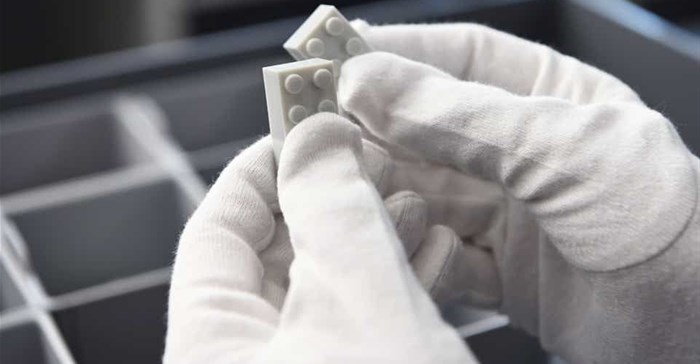
Related


Nigeria’s plastic waste could enrich the fashion industry: here’s how
Solaja Mayowa Oludele 22 Sep 2025




Top stories



The new building brick is an important milestone for the toymaker as the company continues its journey to develop products from sustainable materials. Lego has assembled a team of more than 150 people to focus on just this.
Over the past three years, materials scientists and engineers tested over 250 variations of PET materials and hundreds of other plastic formulations. The result is a prototype that meets several of their quality, safety and play requirements – including clutch power.
“We are super excited about this breakthrough. The biggest challenge on our sustainability journey is rethinking and innovating new materials that are as durable, strong and high quality as our existing bricks – and fit with Lego elements made over the past 60 years. With this prototype we’re able to showcase the progress we’re making,” said Tim Brooks, vice president of environmental responsibility at the Lego Group.
It will however be some time before bricks made from a recycled material appear in Lego product boxes. The team will continue testing and developing the PET formulation and then assess whether to move to the pilot production phase. This next phase of testing is expected to take at least a year.
The prototype is made from recycled PET sourced from suppliers in the United States that use US Food & Drug Administration (FDA) and European Food Safety Authority (EFSA) approved processes to ensure quality. On average, a one-litre plastic PET bottle provides enough raw material for ten 2 x 4 Lego bricks.
The patent-pending material formulation increases the durability of PET to make it strong enough for Lego bricks. The innovative process uses a bespoke compounding technology to combine the recycled PET with strengthening additives.
The recycled prototype brick is the latest development in making the Lego Group’s products more sustainable. In 2020, the company announced it will begin removing single-use plastic from its boxes. In 2018, it began producing elements from bio-polyethylene (bio-PE), made from sustainably sourced sugarcane.
Many Lego sets contain elements made from bio-PE which is perfect for making smaller, softer pieces such as trees, branches, leaves and accessories for minifigures. Bio-PE is not currently suitable for making harder, stronger elements such as the iconic Lego bricks.
Brooks said: “We’re committed to playing our part in building a sustainable future for generations of children. We want our products to have a positive impact on the planet, not just with the play they inspire, but also with the materials we use. We still have a long way to go on our journey but are pleased with the progress we’re making.”
The Lego Group’s focus on sustainable material innovation is just one of several different initiatives the company has in place to make a positive impact. The company said it will invest up to $400m over three years to 2022 to accelerate its sustainability ambitions.